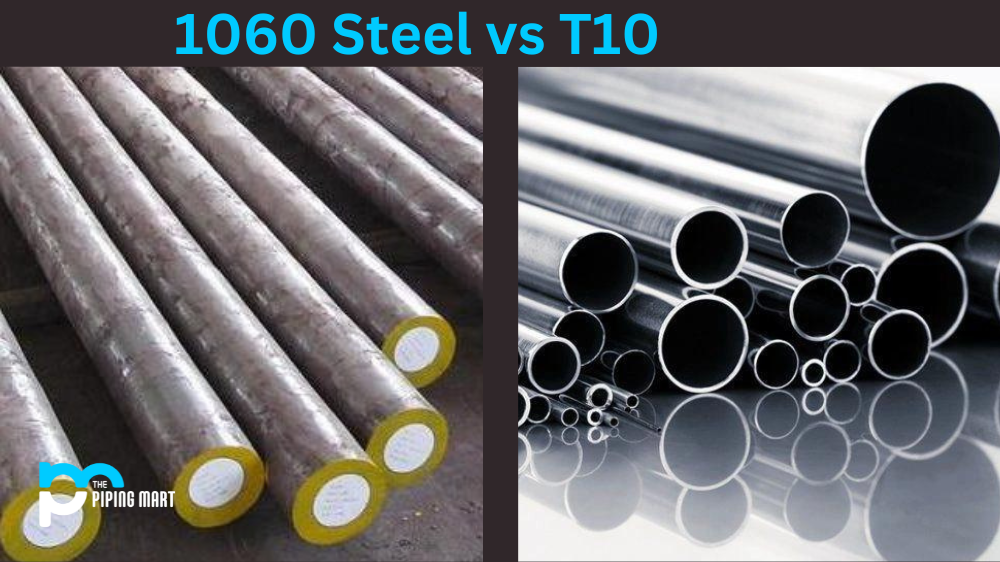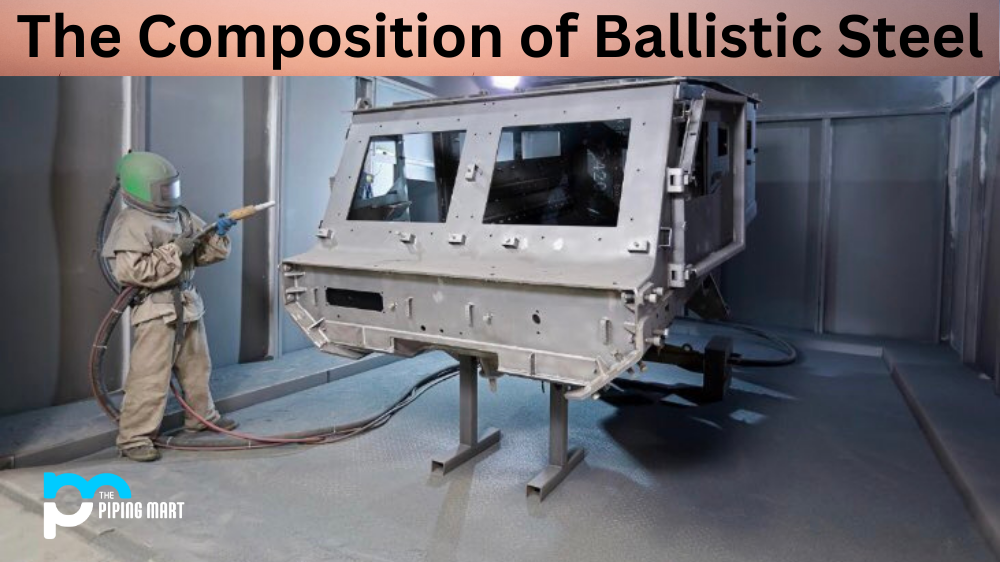When choosing a sword, the steel blade is a critical factor to consider. Two popular types of steel used in sword-making are the 1060 steel and T10 steel. They are known for their high-quality, durability, and toughness. Both are excellent choices for a sword, but how do they compare? This blog post will explore 1060 and T10 steel and compare their properties, strengths, and weaknesses.
Difference Between 1060 Steel and T10 Steel
Choosing between 1060 steel and T10 steel depends on your needs and preferences. If you are a beginner or on a budget, 1060 Steel is an excellent choice. It is easy to sharpen, affordable, and suitable for decorative blades. If you need a sword for heavy-duty use, T10 steel is the better choice. It is more robust, and durable and holds an edge for longer than 1060 steel.
Properties
1060 steel is a high-carbon steel with 0.6% carbon content, which gives it excellent hardness and wear resistance. It has a tensile strength of 710 MPa and a yield strength of 550 MPa. 1060 steel is easy to sharpen and suitable for making blades. It is often found in decorative edges and knife-building.
T10 steel is a high-quality carbon tool steel with a carbon content of 1.0%, which provides excellent edge retention and wear resistance. With a tensile strength of 1800 MPa and a yield strength of 1200 MPa, T10 steel is solid. It is often used in swords and other blades that require high strength and durability.
Strengths
One of the most significant advantages of 1060 steel is its ease of sharpening. This makes it an ideal choice for beginners or those who prefer a lower-maintenance blade. 1060 steel is also less expensive than T10 steel, making it an affordable option for those on a budget.
T10 steel, on the other hand, has superior strength and durability. It is less likely to chip or bend, making it an excellent choice for hard-use blades. T10 steel also holds an edge for longer than 1060 steel, making it ideal for heavy-duty cutting tasks.
Weaknesses
Despite its many strengths, 1060 steel is less demanding than T10 steel. It is more prone to bending and chipping, making it unsuitable for hard-use applications. 1060 steel is also more susceptible to corrosion than T10 steel, requiring more maintenance to prevent rust.
T10 steel’s high carbon content makes it more challenging to sharpen than 1060 steel. It also requires more care and maintenance to prevent rusting and corrosion compared to 1060 steel. T10 steel is also more expensive than 1060 steel, making it less accessible to those on a budget.
Conclusion
Both 1060 steel and T10 steel have their strengths and weaknesses. They are both excellent choices for swords, but the choice depends on your needs and preferences. If you prefer a blade that is easy to sharpen and less expensive, 1060 steel is the way to go. For those who need a highly durable, strong edge that can take heavy use, T10 steel is the better choice. Whatever word you choose, it is essential to maintain it properly to ensure it lasts a lifetime.

A passionate metal industry expert and blogger. With over 5 years of experience in the field, Palak brings a wealth of knowledge and insight to her writing. Whether discussing the latest trends in the metal industry or sharing tips, she is dedicated to helping others succeed in the metal industry.




